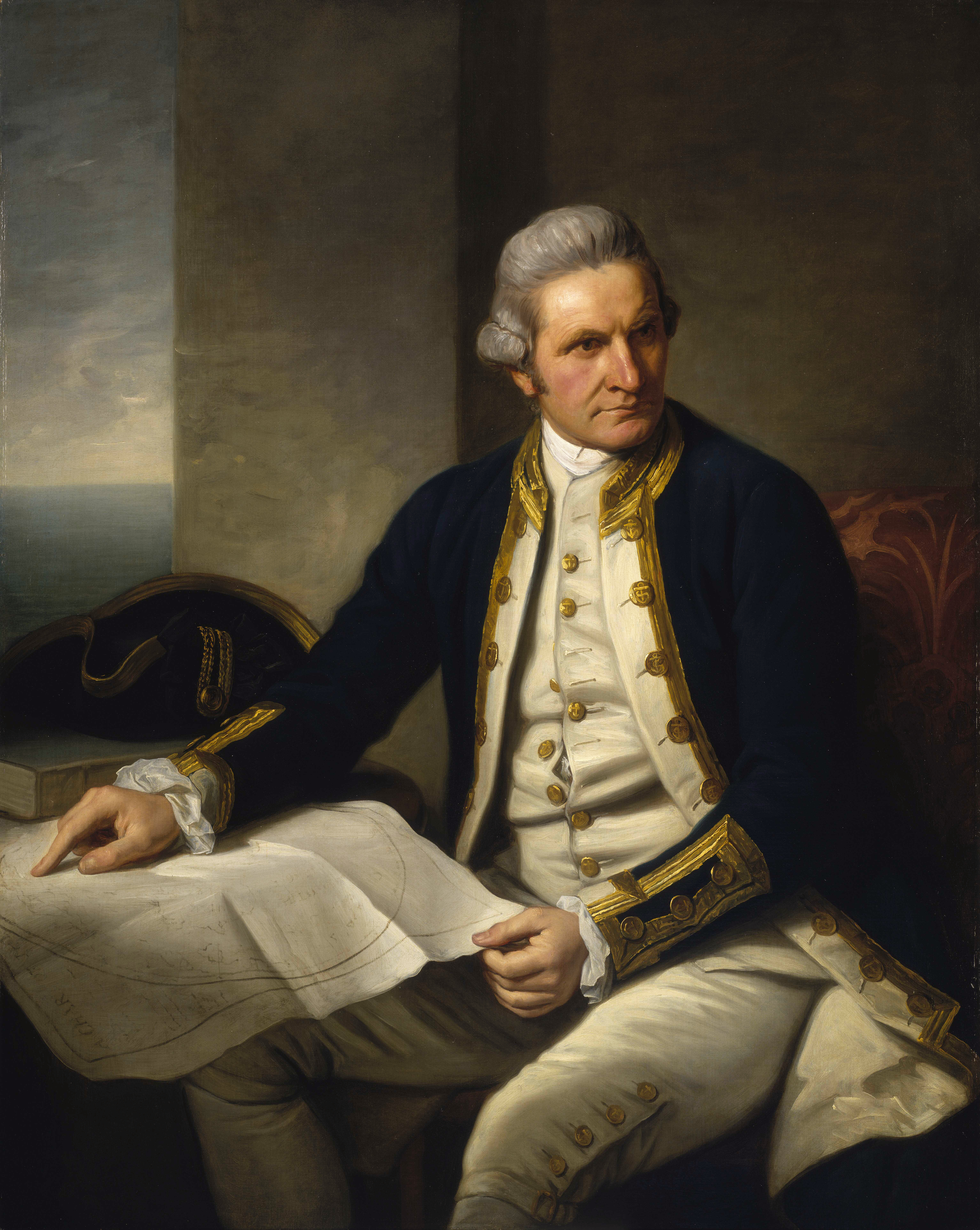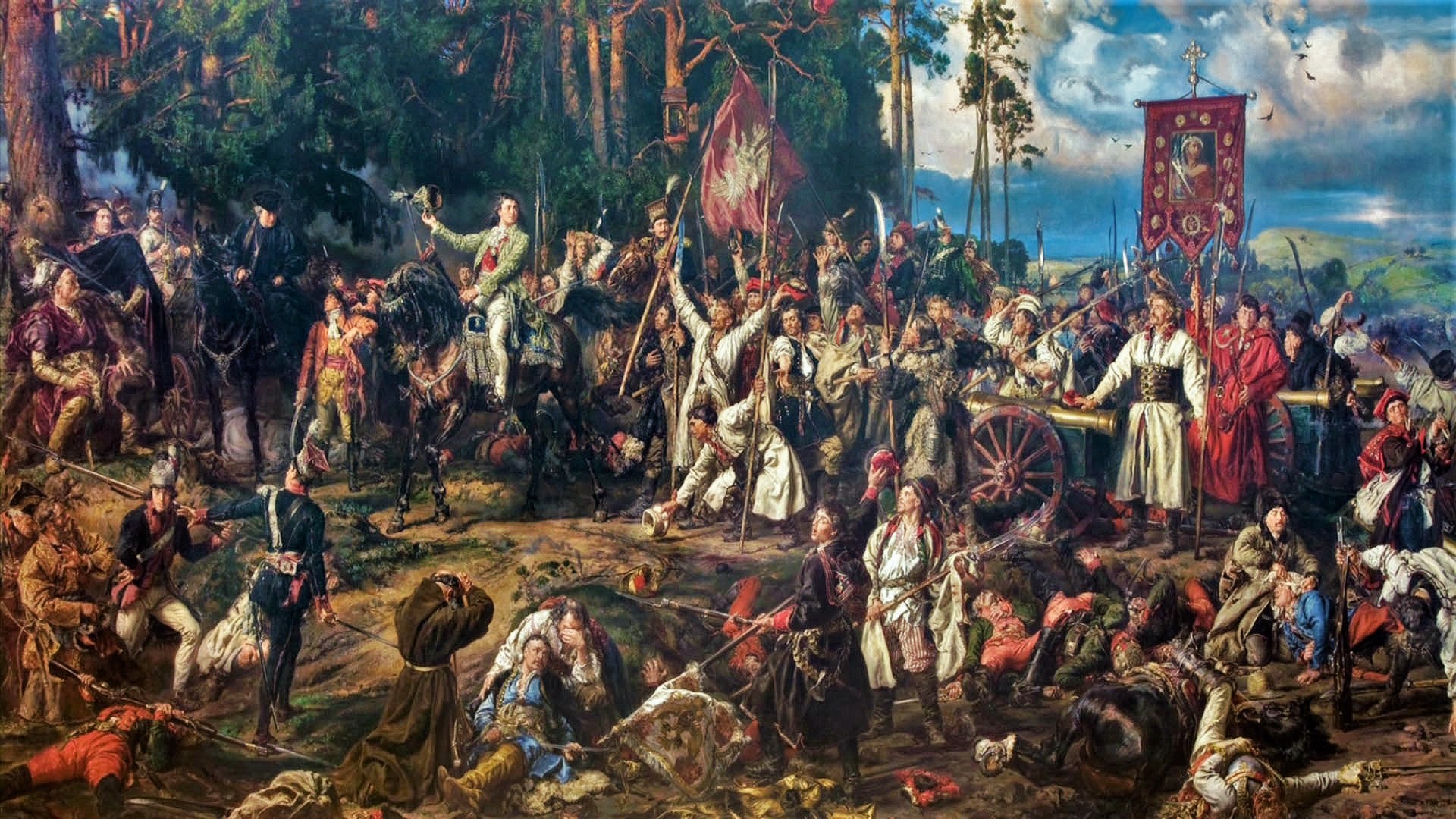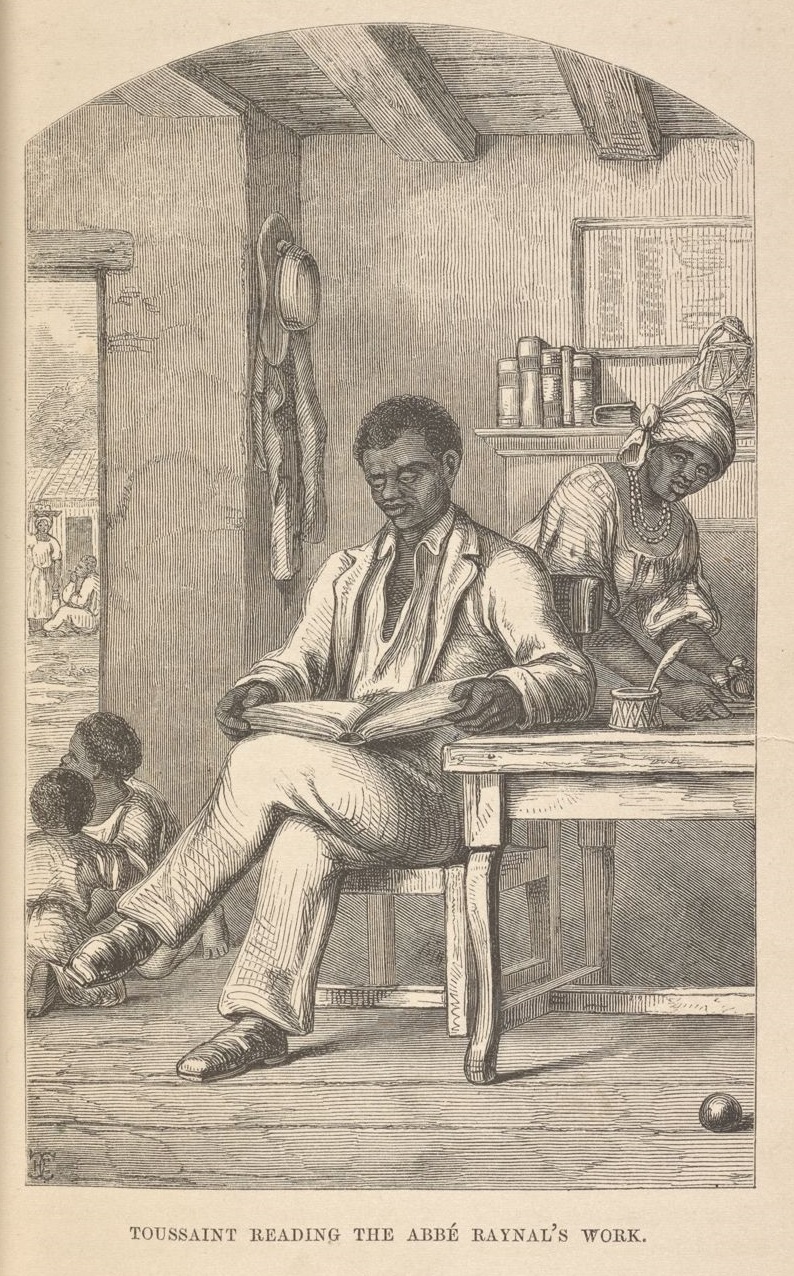|
French Corvette Diligente (1794)
''Diligente'' was a French Navy ''Naïade''-class corvette, launched in 1794 as a brig. captured her in the Antilles in 1800. The British took her into service as a 14-gun transport and sold her in 1814. French service ''Diligente'' was a sister ship to ''Naïade''. They were built to a plan by Pierre-Agustin Lamothe. The Royal Navy captured ''Naïade'' in 1806 and took her into service as HMS ''Melville''; she was sold for breaking up in 1811. Between 30 Mar 1794 and 29 May, ''Diligente'' was under the command of ''lieutenant de vaisseau'' Lacouture. Then from 9 June to 15 December ''Diligente'' was under the command of ''lieutenant de vaisseau'' Noguez. Under these lieutenants' command, ''Diligente'' conducted a cruise into the Bay of Biscay, returning to Lorient, visited Brest, cruised into the Atlantic, escorted a convoy to the Île-d'Aix roads, cruised the region around the Azores and returned to Brest, and escorted a convoy from Camaret to Saint-Malo.Fonds Marine, 1790 ... [...More Info...] [...Related Items...] OR: [Wikipedia] [Google] [Baidu] |
National Maritime Museum
The National Maritime Museum (NMM) is a maritime museum in Greenwich, London. It is part of Royal Museums Greenwich, a network of museums in the Maritime Greenwich World Heritage Site. Like other publicly funded national museums in the United Kingdom, it has no general admission charge; there are admission charges for most side-gallery temporary exhibitions, usually supplemented by many loaned works from other museums. Creation and official opening The museum was created by the National Maritime Museum Act 1934 under a Board of Trustees, appointed by HM Treasury. It is based on the generous donations of Sir James Caird (1864–1954). King George VI formally opened the museum on 27 April 1937 when his daughter Princess Elizabeth accompanied him for the journey along the Thames from London. The first director was Sir Geoffrey Callender. Collection Since the earliest times Greenwich has had associations with the sea and navigation. It was a landing place for the Romans, He ... [...More Info...] [...Related Items...] OR: [Wikipedia] [Google] [Baidu] |
Saint-Nazaire
Saint-Nazaire (; ; Gallo: ''Saint-Nazère/Saint-Nazaer'') is a commune in the Loire-Atlantique department in western France, in traditional Brittany. The town has a major harbour on the right bank of the Loire estuary, near the Atlantic Ocean. The town is at the south of the second-largest swamp in France, called "la Brière". Given its location, Saint-Nazaire has a long tradition of fishing and shipbuilding. The Chantiers de l'Atlantique, one of the largest shipyards in the world, constructed notable ocean liners such as , , and the cruise ship , the largest passenger ship in the world until 2022. Saint-Nazaire was a small village until the Industrial Revolution but became a large town in the second half of the 19th century, thanks to the construction of railways and the growth of the seaport. Saint-Nazaire progressively replaced upstream Nantes as the main haven on the Loire estuary. As a major submarine base for the Kriegsmarine, Saint-Nazaire was subject to a successf ... [...More Info...] [...Related Items...] OR: [Wikipedia] [Google] [Baidu] |
Ships Built In France
A ship is a large watercraft that travels the world's oceans and other sufficiently deep waterways, carrying cargo or passengers, or in support of specialized missions, such as defense, research, and fishing. Ships are generally distinguished from boats, based on size, shape, load capacity, and purpose. Ships have supported exploration, trade, warfare, migration, colonization, and science. After the 15th century, new crops that had come from and to the Americas via the European seafarers significantly contributed to world population growth. Ship transport is responsible for the largest portion of world commerce. The word ''ship'' has meant, depending on the era and the context, either just a large vessel or specifically a ship-rigged sailing ship with three or more masts, each of which is square-rigged. As of 2016, there were more than 49,000 merchant ships, totaling almost 1.8 billion dead weight tons. Of these 28% were oil tankers, 43% were bulk carriers, and 13% w ... [...More Info...] [...Related Items...] OR: [Wikipedia] [Google] [Baidu] |
Corvettes Of The French Navy
A corvette is a small warship. It is traditionally the smallest class of vessel considered to be a proper (or " rated") warship. The warship class above the corvette is that of the frigate, while the class below was historically that of the sloop-of-war. The modern roles that a corvette fulfills include coastal patrol craft, missile boat and fast attack craft. These corvettes are typically between 500 tons and 2,000 .although recent designs may approach 3,000 tons, having size and capabilities that overlap with smaller frigates. However unlike contemporary frigates, a modern corvette does not have sufficient endurance and seaworthiness for long voyages. The word "corvette" is first found in Middle French, a diminutive of the Dutch word ''corf'', meaning a "basket", from the Latin ''corbis''. The rank " corvette captain", equivalent in many navies to "lieutenant commander", derives from the name of this type of ship. The rank is the most junior of three "captain" ranks in seve ... [...More Info...] [...Related Items...] OR: [Wikipedia] [Google] [Baidu] |
1794 Ships
Events January–March * January 1 – The Stibo Group is founded by Niels Lund as a printing company in Aarhus (Denmark). * January 13 – The U.S. Congress enacts a law providing for, effective May 1, 1795, a United States flag of 15 stars and 15 stripes, in recognition of the recent admission of Vermont and Kentucky as the 14th and 15th states. A subsequent act restores the number of stripes to 13, but provides for additional stars upon the admission of each additional state. * January 21 – King George III of Great Britain delivers the speech opening Parliament and recommends a continuation of Britain's war with France. * February 4 – French Revolution: The National Convention of the French First Republic abolishes slavery. * February 8 – Wreck of the Ten Sail on Grand Cayman. * February 11 – The first session of the United States Senate is open to the public. * March 4 – The Eleventh Amendment to the United States Constituti ... [...More Info...] [...Related Items...] OR: [Wikipedia] [Google] [Baidu] |
Toussaint Louverture
François-Dominique Toussaint Louverture (; also known as Toussaint L'Ouverture or Toussaint Bréda; 20 May 1743 – 7 April 1803) was a Haitian general and the most prominent leader of the Haitian Revolution. During his life, Louverture first fought against the French, then for them, and then finally against France again for the cause of Haitian independence. As a revolutionary leader, Louverture displayed military and political acumen that helped transform the fledgling slave rebellion into a revolutionary movement. Louverture is now known as the "Father of Haiti". Louverture was born enslaved on the French colony of Saint-Domingue, now known as Haiti. He was a devout Catholic who became a freeman before the revolution and, once freed, identified as a Frenchman for the greater part of his life. During his time as a freeman he attempted to climb the highly stratified social ladder on the island, combatting racism whilst gaining and losing much wealth while working as ... [...More Info...] [...Related Items...] OR: [Wikipedia] [Google] [Baidu] |
War Of Knives
The War of Knives (French: ''Guerre des couteaux''), also known as the War of the South, was a civil war from June 1799 to July 1800 between the Haitian revolutionary Toussaint Louverture, a black ex-slave who controlled the north of Saint-Domingue (modern-day Haiti), and his adversary André Rigaud, a mixed-race free person of color who controlled the south. Louverture and Rigaud fought over ''de facto'' control of the French colony of Saint-Domingue during the war. Their conflict followed the withdrawal of British forces from the colony during the early stages of the Haitian Revolution. The war resulted in Toussaint taking control of the entirety of Saint-Domingue, and Rigaud fleeing into exile. Background Early revolution The Haitian Revolution had begun in 1791, when black slaves on the Caribbean colony of Saint-Domingue rose up against their French owners amidst the French Revolution. Toussaint came to prominence as a leader of rebel slaves in the North of Saint-Domingue, ... [...More Info...] [...Related Items...] OR: [Wikipedia] [Google] [Baidu] |
Quasi War
The Quasi-War (french: Quasi-guerre) was an undeclared naval war fought from 1798 to 1800 between the United States and the French First Republic, primarily in the Caribbean and off the East Coast of the United States. The ability of Congress to authorize military action without a formal declaration of war was later confirmed by the Supreme Court and formed the basis of many similar actions since, including American participation in the Vietnam War and the 1991 Gulf War. In 1793, Congress suspended repayments of French loans incurred during the American Revolutionary War. The dispute escalated further due to different interpretations of the 1778 treaties of Alliance and Commerce between the two countries. France, then engaged in the 1792–1797 War of the First Coalition, which included Great Britain, viewed the 1794 Jay Treaty between the United States and Britain as incompatible with those treaties, and retaliated by seizing American ships trading with Britain. Di ... [...More Info...] [...Related Items...] OR: [Wikipedia] [Google] [Baidu] |
Larmor-Plage
Larmor-Plage (; br, An Arvor) is a commune in the Morbihan department of Brittany in north-western France. History Larmor-Plage was created as a new commune in 1925. Before that, it came within the administrative area of the town of Ploemeur. It was almost completely destroyed in World War II. Larmor-Plage is twinned with the town of Youghal in County Cork, Ireland. Population Sights The church Notre-Dame-de-Larmor is located in the centre of the town. It was built in the fifteenth century. Environment Kerguelen is a natural park. Sports Windsurfing is an important activity. The nautical centre of Kerguelen is the first school of sailing in France. See also *Communes of the Morbihan department The following is a list of the 249 Communes of France, communes of the Morbihan Departments of France, department of France. The communes cooperate in the following Communes of France#Intercommunality, intercommunalities (as of 2022): ...
|
Saint-Brieuc
Saint-Brieuc (, Breton: ''Sant-Brieg'' , Gallo: ''Saent-Berioec'') is a city in the Côtes-d'Armor department in Brittany in northwestern France. History Saint-Brieuc is named after a Welsh monk Brioc, who Christianised the region in the 6th century and established an oratory there. Bro Sant-Brieg/Pays de Saint-Brieuc, one of the nine traditional bishoprics of Brittany which were used as administrative areas before the French Revolution, was named after Saint-Brieuc. It also dates from the Middle Ages when the "pays de Saint Brieuc," or Penteur, was established by Duke Arthur II of Brittany as one of his eight "battles" or administrative regions. Geography Overview The town is located by the English Channel, on the Bay of Saint-Brieuc. Two rivers flow through Saint-Brieuc: the Goued/ Gouët and the Gouedig/ Gouédic. Other towns of notable size in the ''département'' of Côtes d'Armor are Gwengamp/ Guingamp, Dinan, and Lannuon/Lannion all ''sous-préfectures''. In 200 ... [...More Info...] [...Related Items...] OR: [Wikipedia] [Google] [Baidu] |
Civil And Naval Ensign Of France
{{disambiguation ...
Civil may refer to: *Civic virtue, or civility *Civil action, or lawsuit * Civil affairs *Civil and political rights *Civil disobedience *Civil engineering *Civil (journalism), a platform for independent journalism *Civilian, someone not a member of armed forces *Civil law (other), multiple meanings *Civil liberties *Civil religion *Civil service *Civil society *Civil war *Civil (surname) Civil is a surname. Notable people with the surname include: *Alan Civil (1929–1989), British horn player *François Civil (born 1989), French actor * Gabrielle Civil, American performance artist *Karen Civil (born 1984), American social media an ... [...More Info...] [...Related Items...] OR: [Wikipedia] [Google] [Baidu] |
Saint-Malo
Saint-Malo (, , ; Gallo: ; ) is a historic French port in Ille-et-Vilaine, Brittany, on the English Channel coast. The walled city had a long history of piracy, earning much wealth from local extortion and overseas adventures. In 1944, the Allies heavily bombarded Saint-Malo, which was garrisoned by German troops. The city changed into a popular tourist centre, with a ferry terminal serving the Channel Islands of Jersey and Guernsey, as well as the Southern English settlements of Portsmouth, Hampshire and Poole, Dorset. The famous transatlantic single-handed yacht race Route du Rhum, which takes place every four years in November, is between Saint Malo and Pointe-à-Pitre in Guadeloupe. Population The population in 2017 was 46,097 – though this can increase to up to 300,000 in the summer tourist season. With the suburbs included, the metropolitan area's population is approximately 133,000 (2017). The population of the commune more than doubled in 1967 with the me ... [...More Info...] [...Related Items...] OR: [Wikipedia] [Google] [Baidu] |







